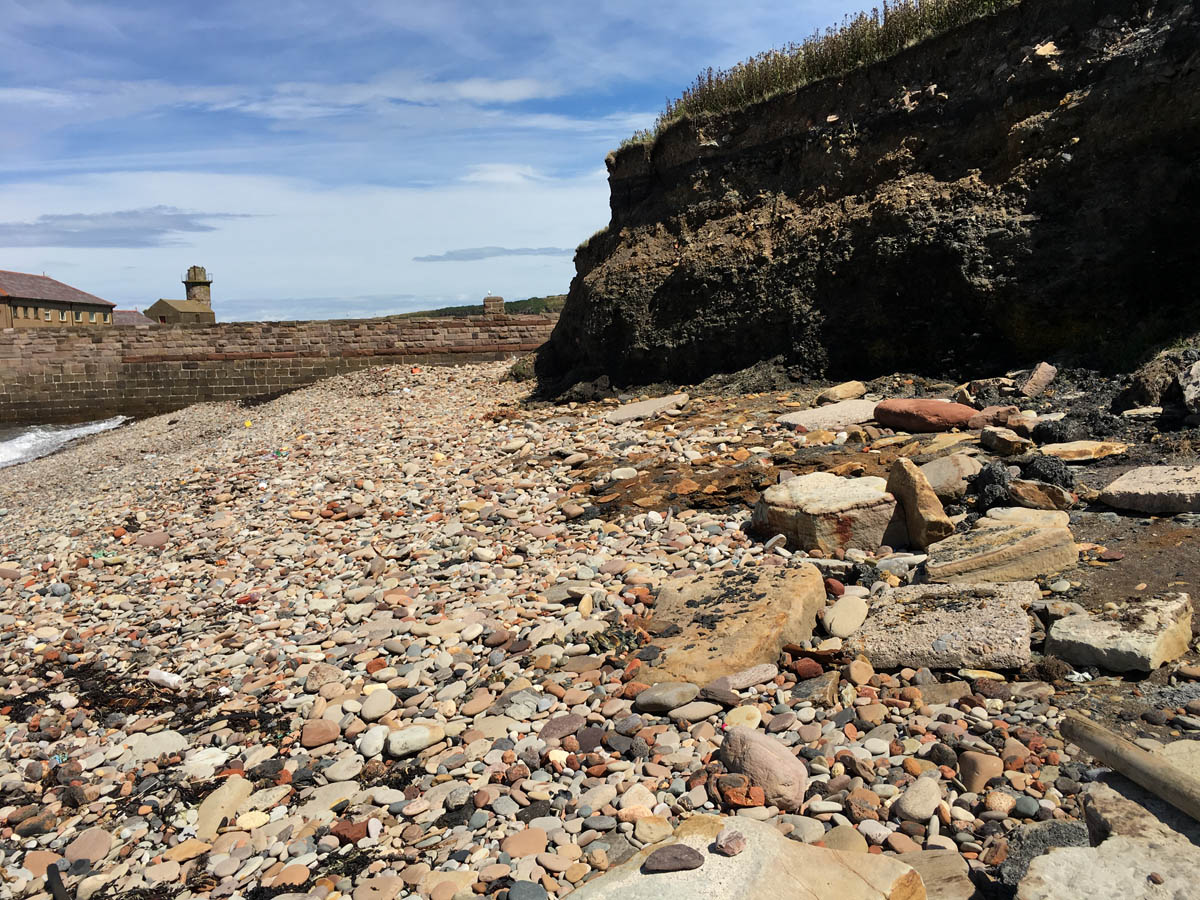Two separate locations near Worth Matravers provide an opportunity to see where, 140mya, sauropod dinosaurs gathered at the shoreline of a shallow lagoon and to visit their incredible trackways. The nearby quarry provides bivalves, gastropods, fish remains, turtle bones and carapace fragments, mammal teeth and bones, and plant remains from this bygone environment. Cretaceous, Quarry (permission required) and Attraction, Rating: ♦♦♦♦♦


















































